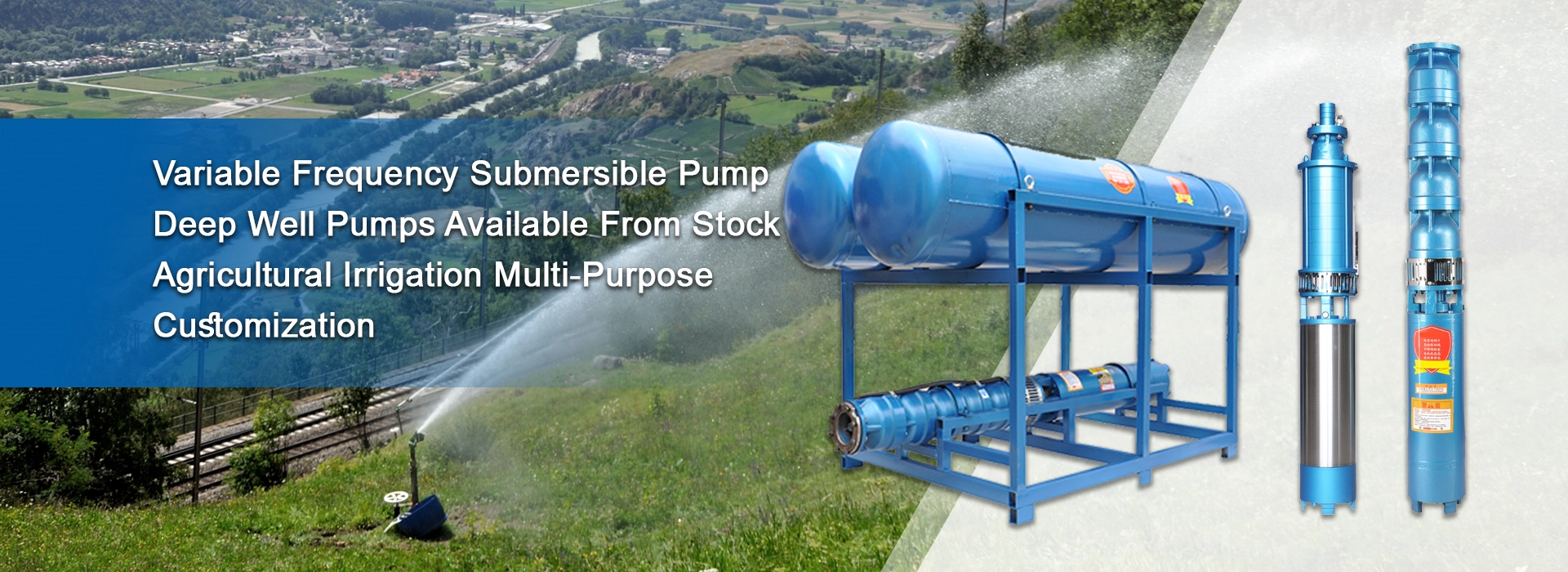Jul . 27, 2024 11:28 Back to list
Cost Breakdown for Installing Submersible Pumps in Residential and Commercial Applications
Submersible Pump Installation Cost A Comprehensive Overview
Submersible pumps have become an essential component in various applications, including residential, agricultural, and industrial settings. These pumps are designed to operate underwater, making them ideal for tasks like draining water from wells, boosting water pressure, and handling wastewater. However, before investing in a submersible pump, it is crucial to understand the installation costs associated with this equipment. This article will provide an overview of the factors influencing the installation cost of submersible pumps and tips for managing those expenses.
Factors Influencing Installation Costs
1. Pump Type and Quality The cost of the submersible pump itself significantly influences installation expenses. Pumps vary greatly in price based on their type, capacity, and manufacturer. High-quality pumps designed for heavy-duty applications may come at a higher initial investment, but they often lead to long-term savings in maintenance and energy efficiency.
2. Depth of Installation The depth at which the pump will be installed is another critical factor. Pumps designed for deeper installations typically require more robust components and potentially more complex installation techniques, which can escalate costs. For deeper wells, additional considerations such as more extensive piping, casing, and anchoring systems may also contribute to higher expenses.
3. Site Conditions The condition of the installation site can significantly impact the overall cost. If the site has rocky terrain or is prone to flooding, additional labor and equipment may be needed to prepare the area for the installation. Furthermore, if the existing infrastructure (like electrical supply and piping) needs upgrades, this can add to the total cost.
4. Labor Costs Hiring qualified professionals to install the submersible pump is crucial for ensuring optimal performance. Labor costs can vary widely depending on the region, the complexity of the project, and the contractor’s experience level. It is advisable to obtain multiple quotes from licensed plumbers or pump installation specialists to find the best price and service quality.
5. Permitting and Regulations Depending on local regulations, permits may be required for installing a submersible pump, especially in residential areas or near water sources. The costs associated with obtaining these permits, as well as potential water quality testing, should be factored into the overall installation budget.
submersible pump installation cost

6. Maintenance and Warranty Options It's wise to consider the maintenance costs associated with the pump. Some manufacturers offer extended warranties that might increase the initial cost but can save money in the long run. Regular maintenance is essential for the longevity of the pump and can prevent costly repairs.
Tips for Managing Installation Costs
- Research and Plan Before purchasing a submersible pump, research various options and assess your specific needs. A well-informed decision can prevent overspending on unnecessary features.
- Get Multiple Quotes Always seek multiple quotes from different contractors. This practice not only helps in comparing prices but also gives insights into the scope of services offered.
- Consider DIY for Simple Installations For experienced individuals, minor installations might be manageable without professional help. However, ensure you understand the complexities involved to avoid costly mistakes.
- Invest in Quality While it might be tempting to choose the cheapest option, investing in a quality pump can save money over time through enhanced efficiency and fewer repairs.
In conclusion, while the installation cost of a submersible pump can vary widely based on numerous factors, understanding these elements allows for better budgeting and planning. By considering all aspects, from the type of pump to the installation conditions, homeowners and businesses can make informed decisions that align with their financial goals and ensure optimal water management solutions.
-
Submersible Water Pump: The Efficient 'Power Pioneer' of the Underwater World
NewsJul.01,2025
-
Submersible Pond Pump: The Hidden Guardian of Water Landscape Ecology
NewsJul.01,2025
-
Stainless Well Pump: A Reliable and Durable Pumping Main Force
NewsJul.01,2025
-
Stainless Steel Submersible Pump: An Efficient and Versatile Tool for Underwater Operations
NewsJul.01,2025
-
Deep Well Submersible Pump: An Efficient 'Sucker' of Groundwater Sources
NewsJul.01,2025
-
Deep Water Well Pump: An Efficient 'Sucker' of Groundwater Sources
NewsJul.01,2025
-
 Submersible Water Pump: The Efficient 'Power Pioneer' of the Underwater WorldIn the field of hydraulic equipment, the Submersible Water Pump has become the core equipment for underwater operations and water resource transportation due to its unique design and excellent performance.Detail
Submersible Water Pump: The Efficient 'Power Pioneer' of the Underwater WorldIn the field of hydraulic equipment, the Submersible Water Pump has become the core equipment for underwater operations and water resource transportation due to its unique design and excellent performance.Detail -
 Submersible Pond Pump: The Hidden Guardian of Water Landscape EcologyIn courtyard landscapes, ecological ponds, and even small-scale water conservancy projects, there is a silent yet indispensable equipment - the Submersible Pond Pump.Detail
Submersible Pond Pump: The Hidden Guardian of Water Landscape EcologyIn courtyard landscapes, ecological ponds, and even small-scale water conservancy projects, there is a silent yet indispensable equipment - the Submersible Pond Pump.Detail -
 Stainless Well Pump: A Reliable and Durable Pumping Main ForceIn the field of water resource transportation, Stainless Well Pump has become the core equipment for various pumping scenarios with its excellent performance and reliable quality.Detail
Stainless Well Pump: A Reliable and Durable Pumping Main ForceIn the field of water resource transportation, Stainless Well Pump has become the core equipment for various pumping scenarios with its excellent performance and reliable quality.Detail
